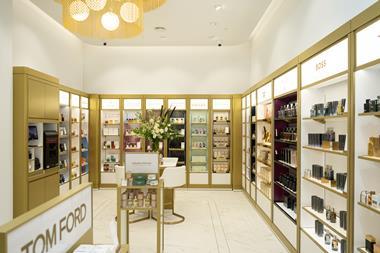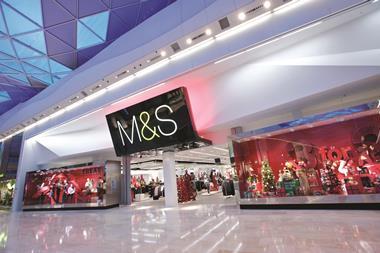The use of screens and ‘interactivity’ by retailers is not the clarion call that some suppose.
There used to be an aphorism employed by fashion retailers that if you stood around long enough, the stock would pass in front of you. The idea was that movement was the thing if you wanted to persuade shoppers to buy into an offer. This week sees the opening of Forever 21 on Oxford Street, the latest US fashion incomer, and you can bet that bottom dollar that movement will form a part of what it does.
Topshop is not far away and here movement has been de rigeur ever since it became the default location for fashionistas to buy the latest threads (considerably more than a decade ago). Here, remerchandising and equipment changes are used to create excitement on a daily basis. It may be labour intensive, but the best fashion retailing is about rather more than just having the right stock. You still need to generate excitement.
And you might be forgiven for assuming that if movement is so important, then the use of screens with moving content, as well as various digital gizmos, would be a welcome addition to a retailer’s armoury. Yet curiously, Topshop has virtually nothing of the kind and on the evidence of its Birmingham store you would suppose that Forever 21 will follow suit on Oxford Street.
A visit to Alu, a store equipment design and manufacturing outfit in northern Italy, a couple of weeks ago did much to confirm that physical, rather than digital, movement is the order of the day when it comes to making a shop worth visiting. The emphasis was almost entirely on static displays that are moved regularly, rather than ever shifting digital images.
Why therefore do a number of large retailers still think it worthwhile digging deep to put large format screens into their windows as well as incorporating them into their in-store displays? The idea is that it will promote ‘interactivity’, but isn’t the idea that you interact with the stock? Few people have the time to wait around to interact with a screen, but they can read a good display at a glance. A few clever, well-executed window or in-store vignettes will have considerably more impact, fashion or otherwise, on onlookers than yet another screen on which improbably good-looking people or new products are paraded.
Visual merchandising remains at the heart of good retailing, and not just in fashion. The best shopkeepers don’t use technology as some kind of substitute for this. If you want to read more about this, by the way, have a look at the Stores section of Retail Week this Friday.


























1 Reader's comment